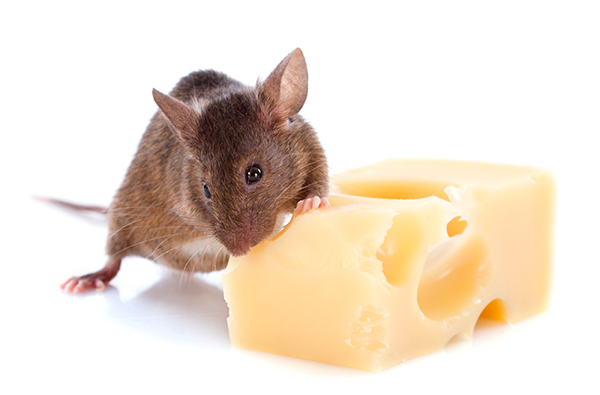New research into the mechanism of the placebo effect sheds light on the brain circuitry involved in pain relief. The study, conducted by scientists at the University of North Carolina (UNC), Stanford University, Howard Hughes Medical Institute, and elsewhere, highlighted a pathway that spans the cingulate cortex, the pons region of the brainstem, and the cerebellum. Their results showed that certain neurons and synapses in this pathway are highly activated when mice expect and experience pain relief, even without medication.
Full details of the study are provided in a Nature paper titled, “Neural circuit basis of placebo pain relief.” Notably, though their work focuses on pain relief, the scientists believe that it offers a framework for investigating the brain pathways at work in other mind-body interactions and placebo effects beyond the ones involved in pain. The findings could also lead to effective ways of treating chronic pain that avoid harmful side effects and reduce the risk of addiction.
Scientists have long observed the placebo effect in real-life and double-blinded randomized clinical trials devised for various diseases and conditions, although its exact mechanism is still unclear. Studying the brain’s circuitry brings scientists one step closer to understanding the effect at least in the context of pain.
“That neurons in our cerebral cortex communicate with the pons and cerebellum to adjust pain thresholds based on our expectations is both completely unexpected, given our previous understanding of the pain circuitry, and incredibly exciting,” said Greg Scherrer, PharmD, PhD, an associate professor at UNC and the study’s senior author. “Our results do open the possibility of activating this pathway through other therapeutic means, such as drugs or neurostimulation methods to treat pain.”
The scientists began by looking at data from human brain imaging studies. The images showed activity in certain brain regions that occurred when the positive expectation of pain relief was enough for patients to feel better. To fill in the details, Scherrer’s team designed various mouse experiments including an assay that generated the expectation of pain relief and the placebo effect of pain relief. They also ran experiments to explore the intricacies of the anterior cingulate cortex (ACC), which has previously been associated with the pain placebo effect.
While mice were experiencing the placebo effect, the scientists used genetic tagging of neurons in the ACC, imaging of calcium in neurons of freely behaving mice, single-cell RNA sequencing techniques, electrophysiological recordings, and optogenetics techniques to look at what was happening in the mice’s brains.
Their analysis showed that when the mice expected pain relief, their rostral anterior cingulate cortex neurons projected signals to the pontine nucleus, which had no previously established function in pain or pain relief. They found that expectation of pain relief boosted signals along this pathway. The researchers also found evidence that Purkinje cells in the cerebellum showed activity patterns similar to those of the ACC neurons during pain relief expectation.
“There is an extraordinary abundance of opioid receptors here, supporting a role in pain modulation,” Scherrer said. “When we inhibited activity in this pathway, we realized we were disrupting placebo analgesia and decreasing pain thresholds. And then, in the absence of placebo conditioning, when we activated this pathway, we caused pain relief.”



